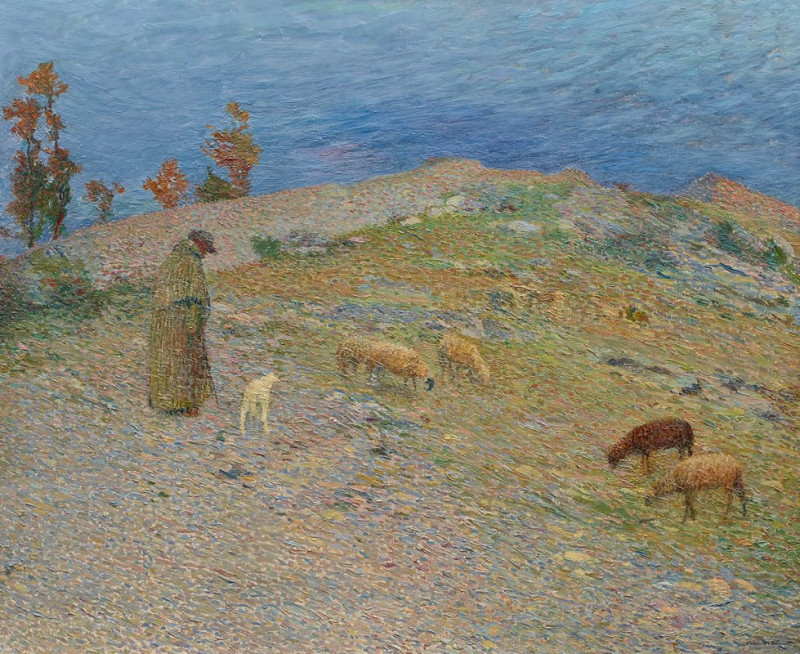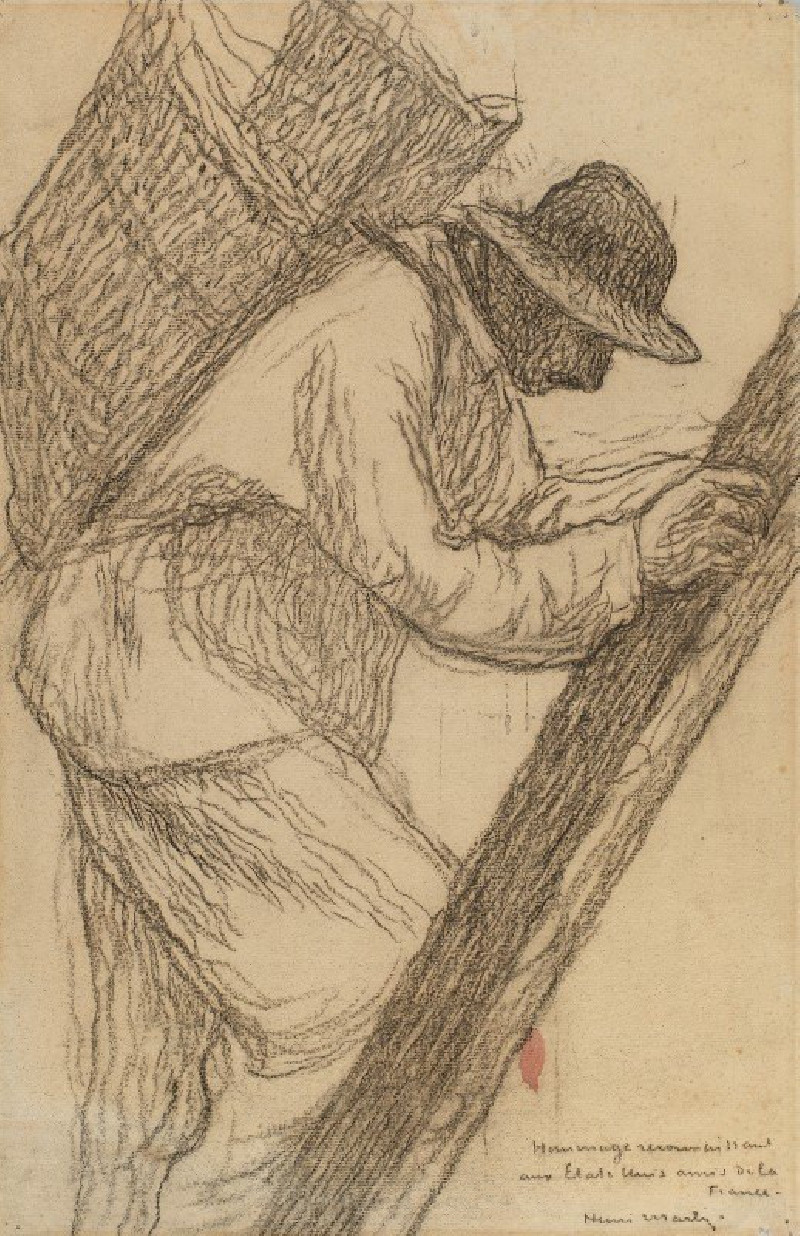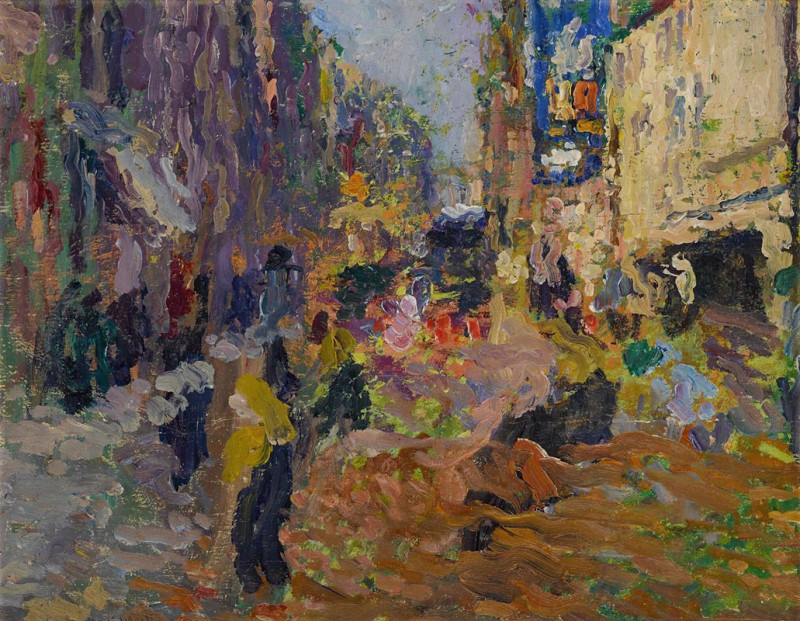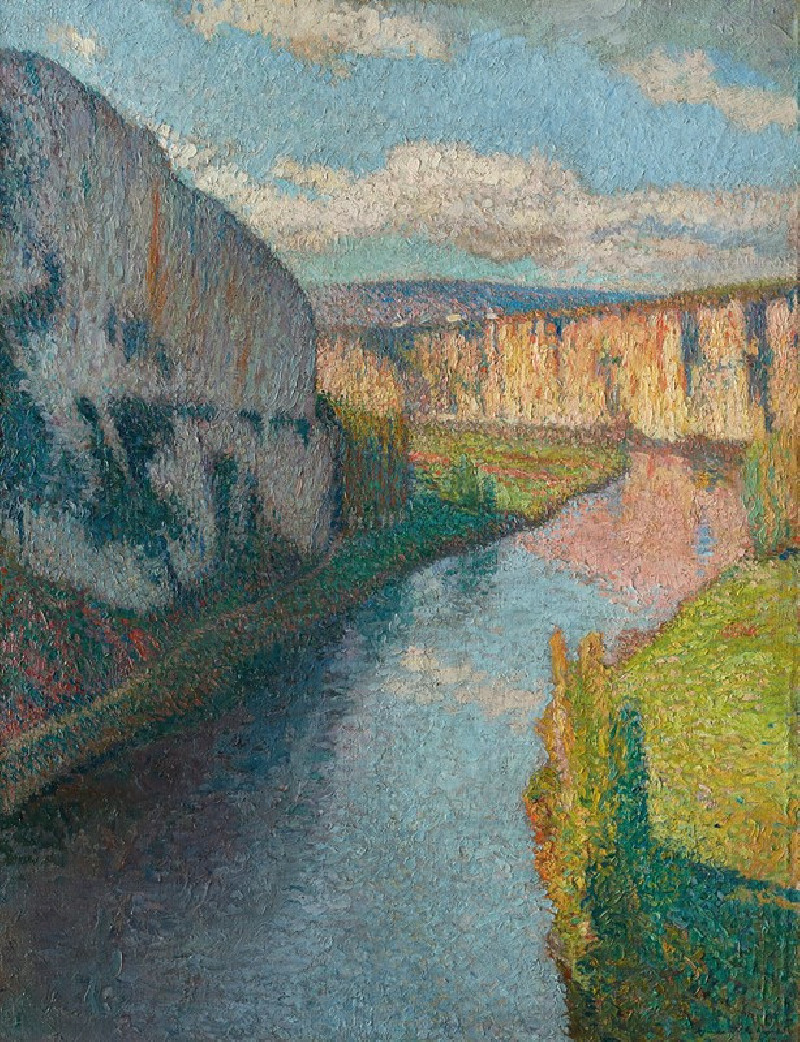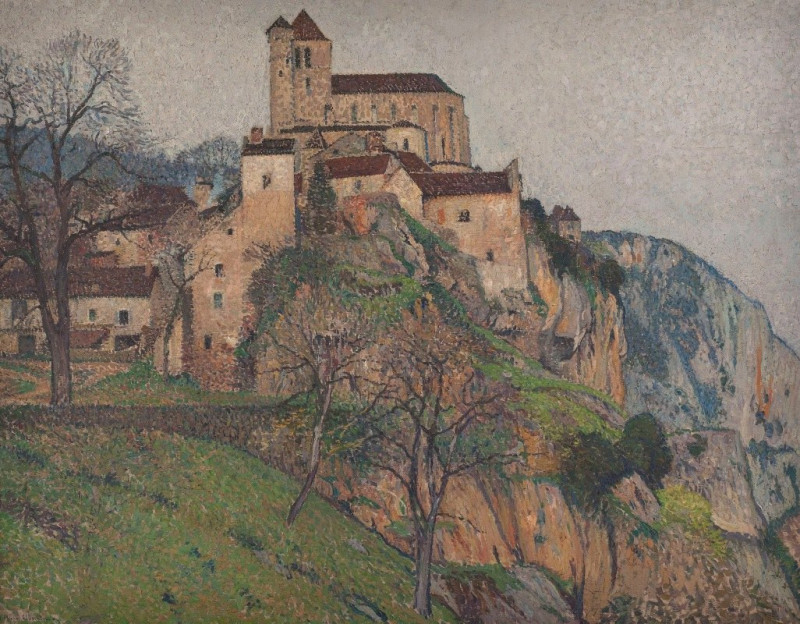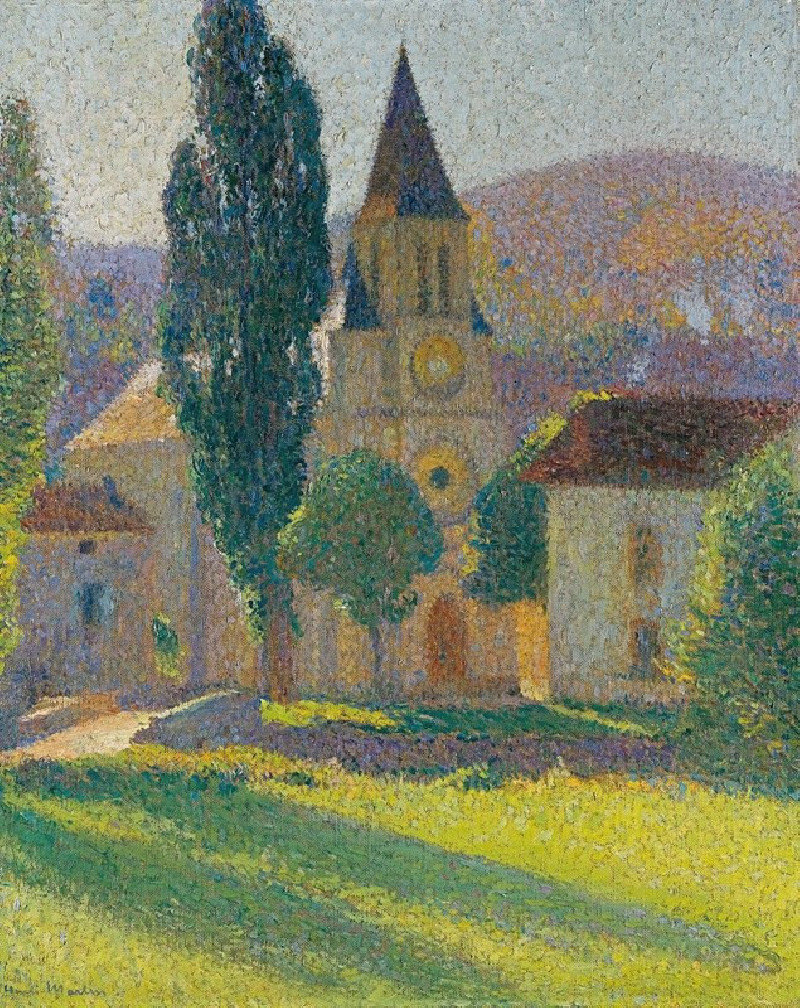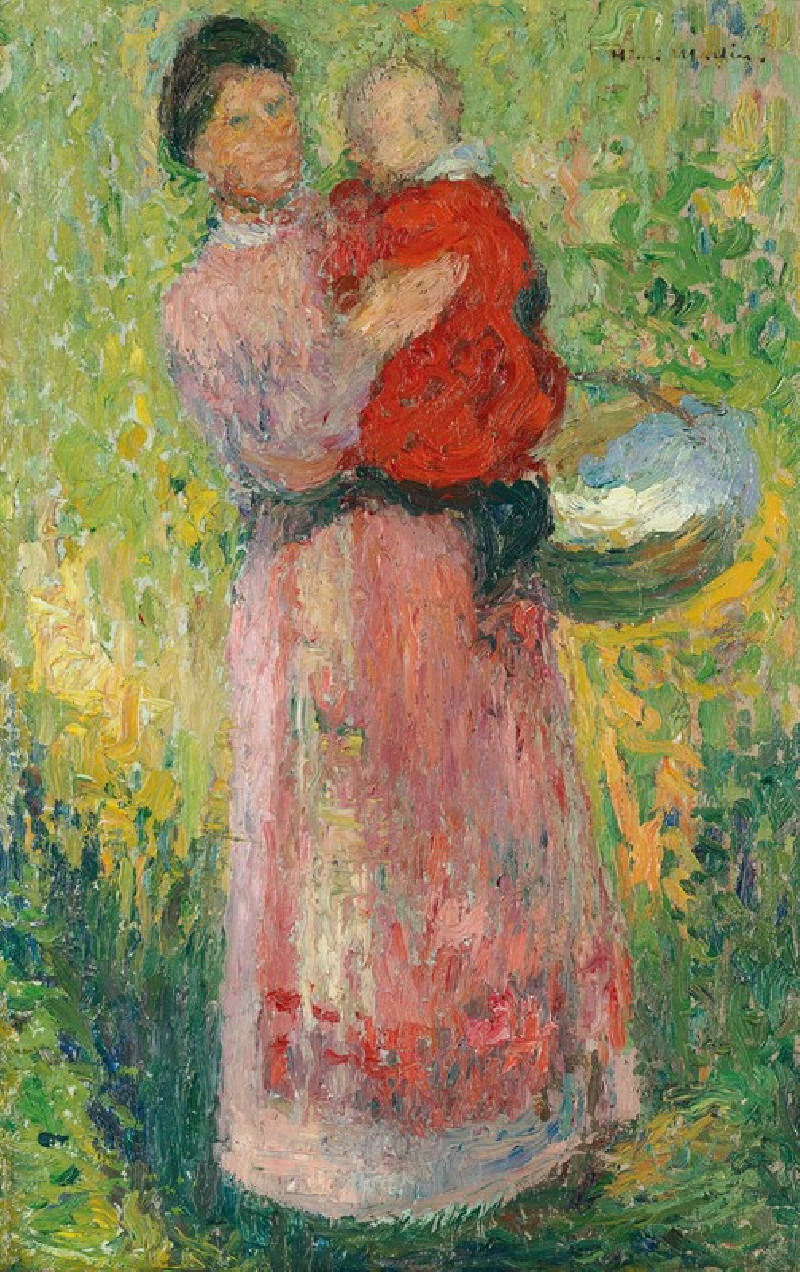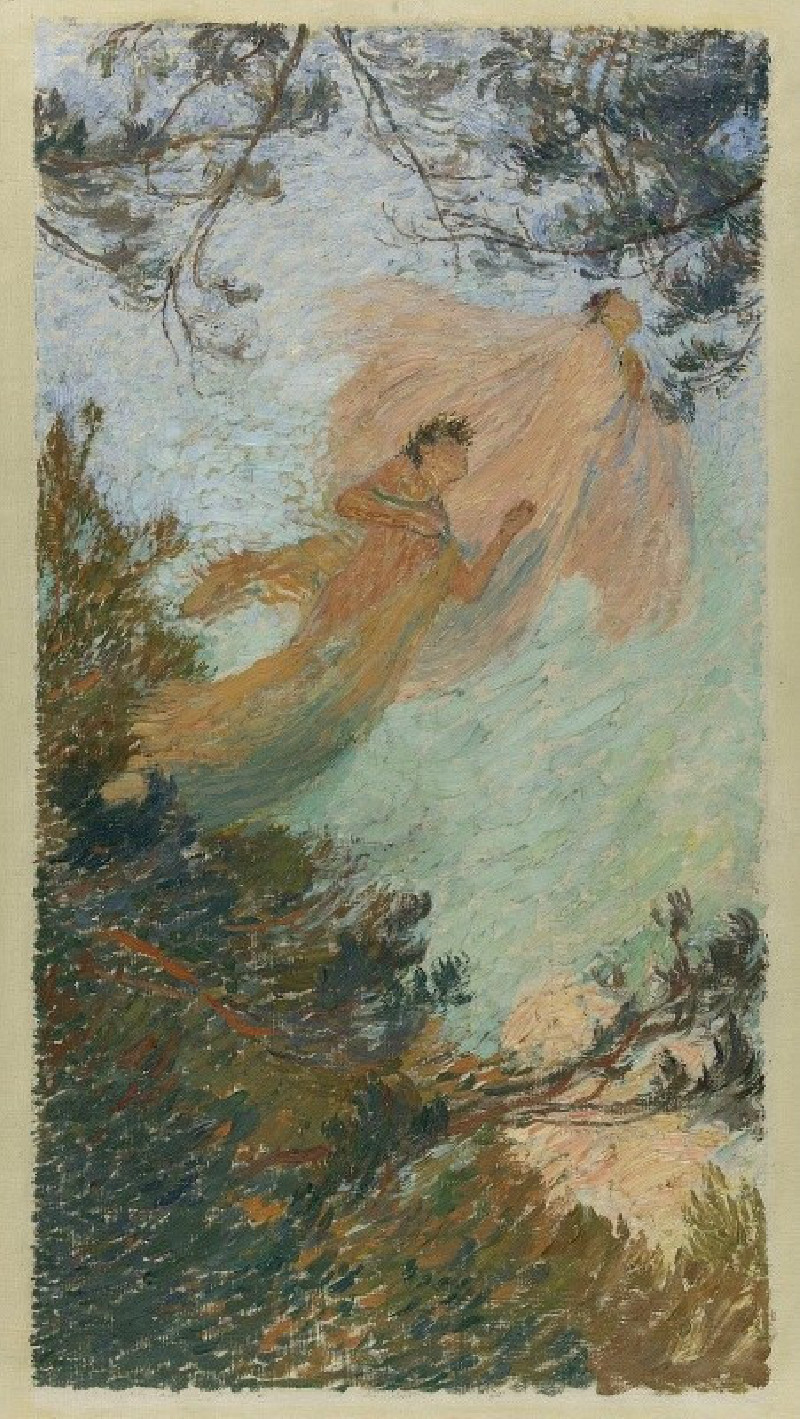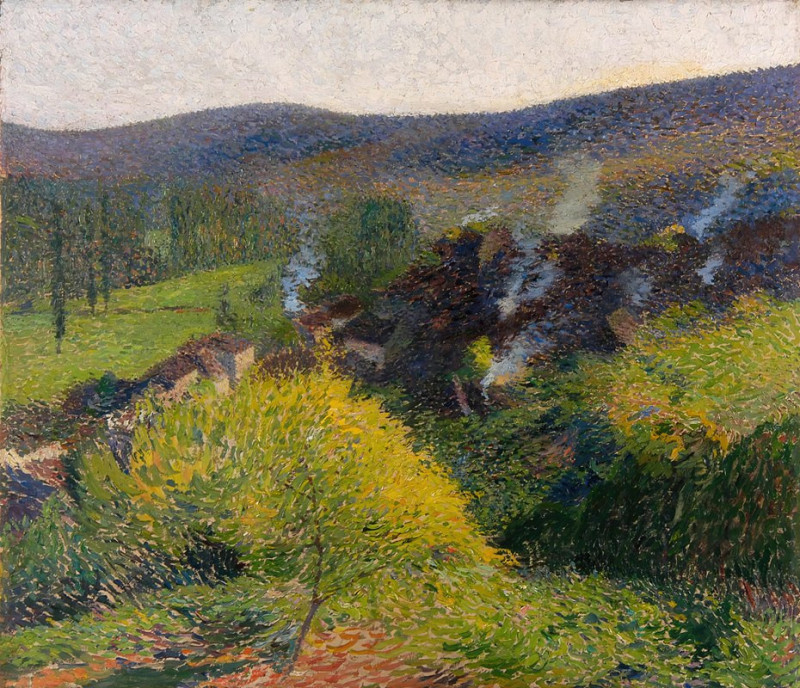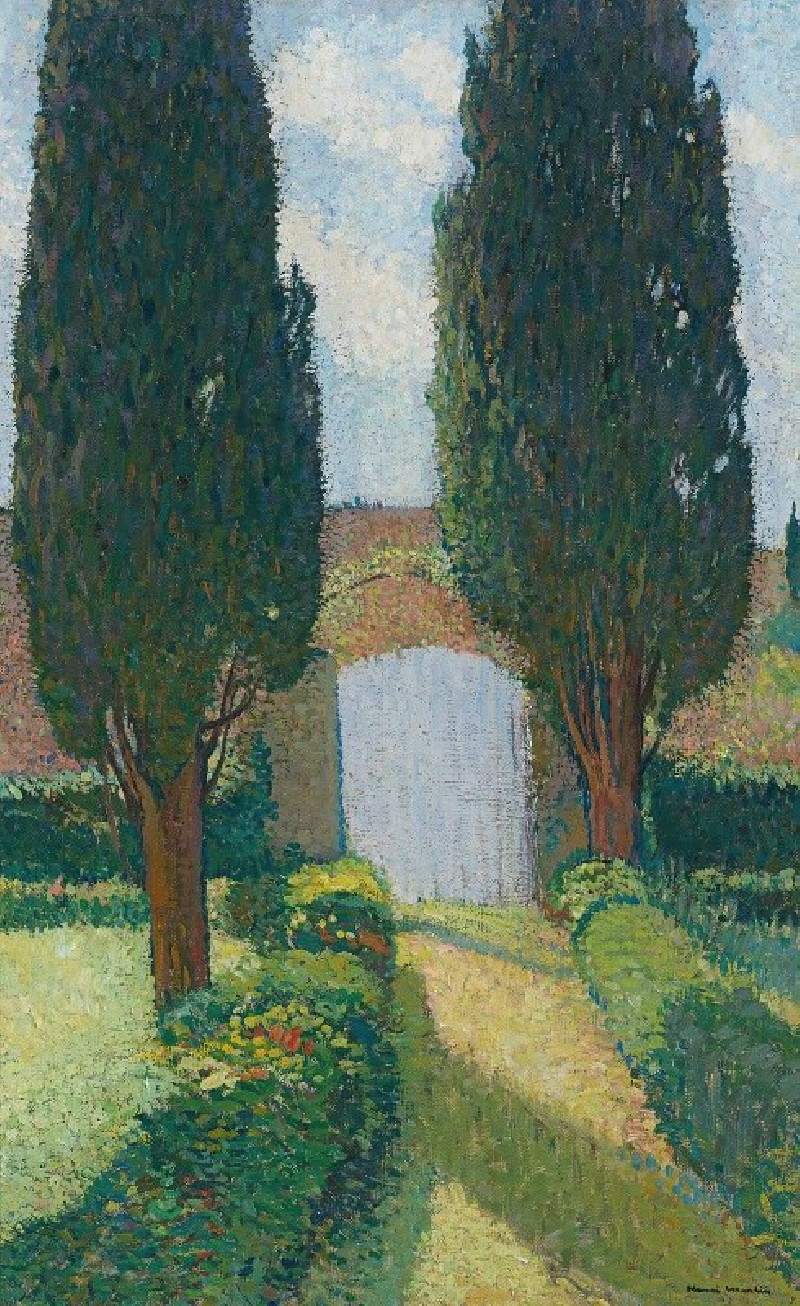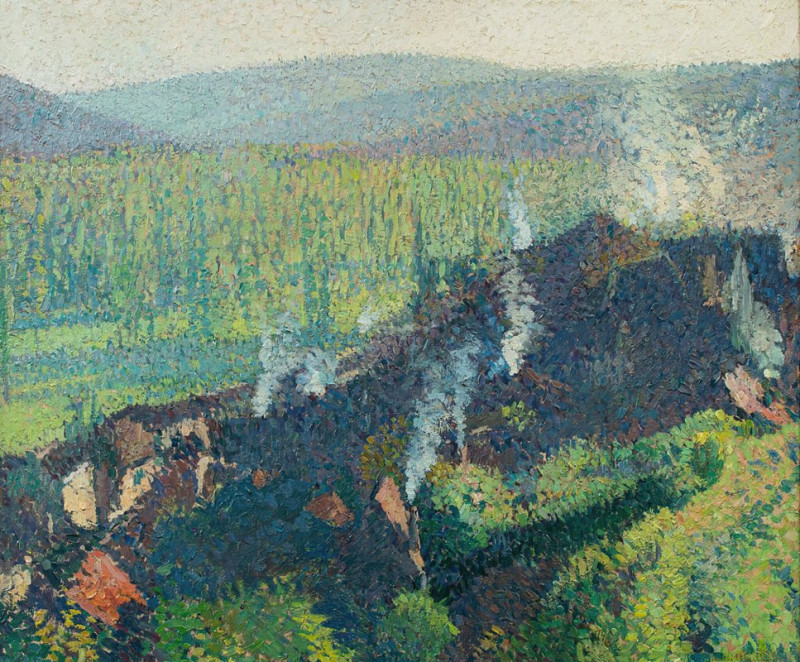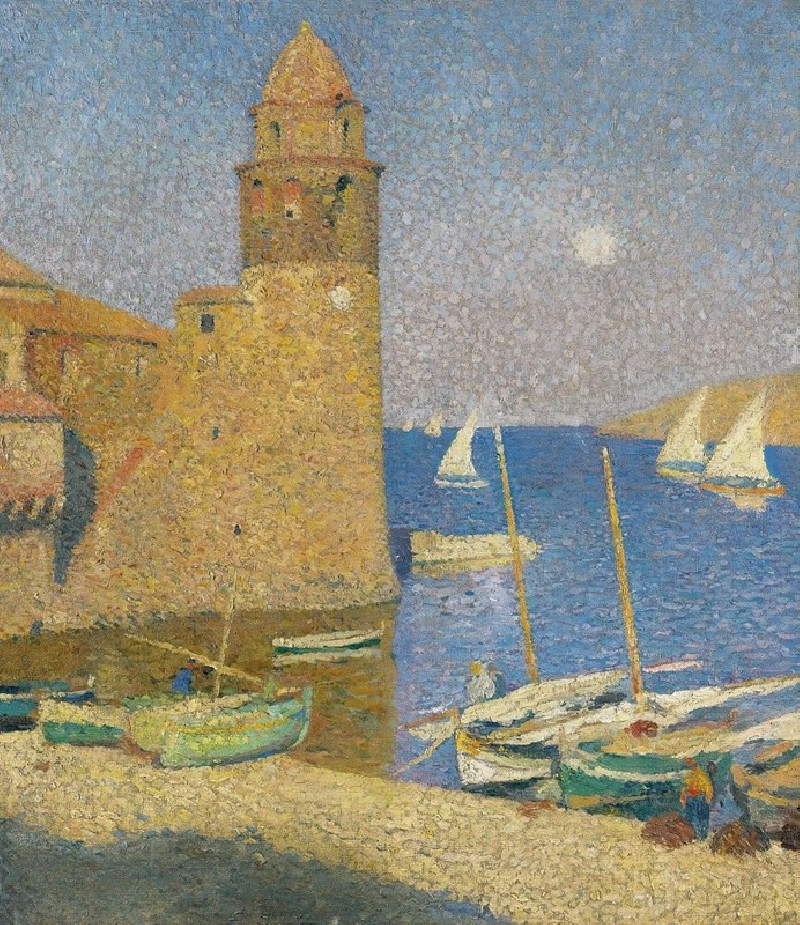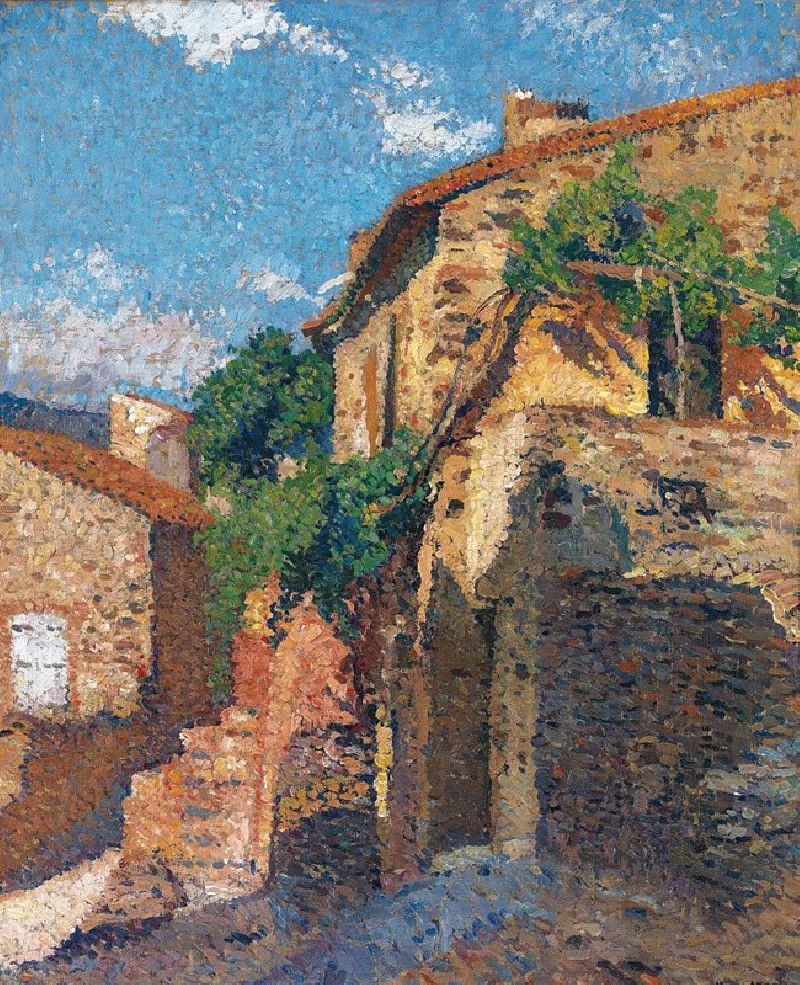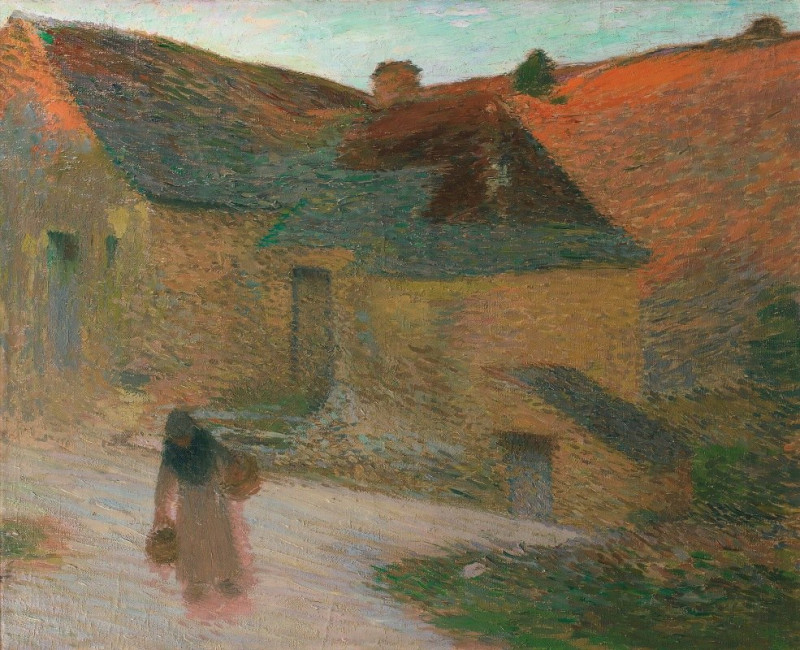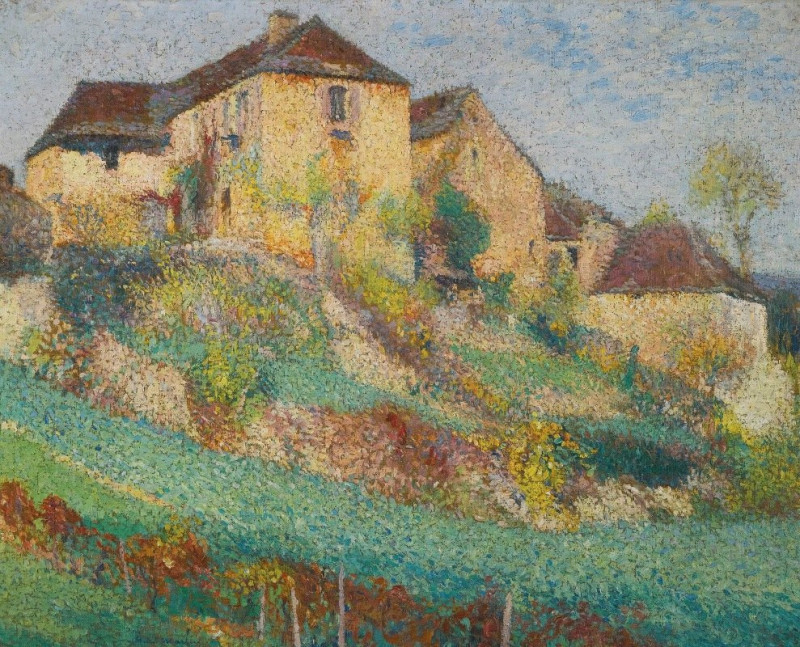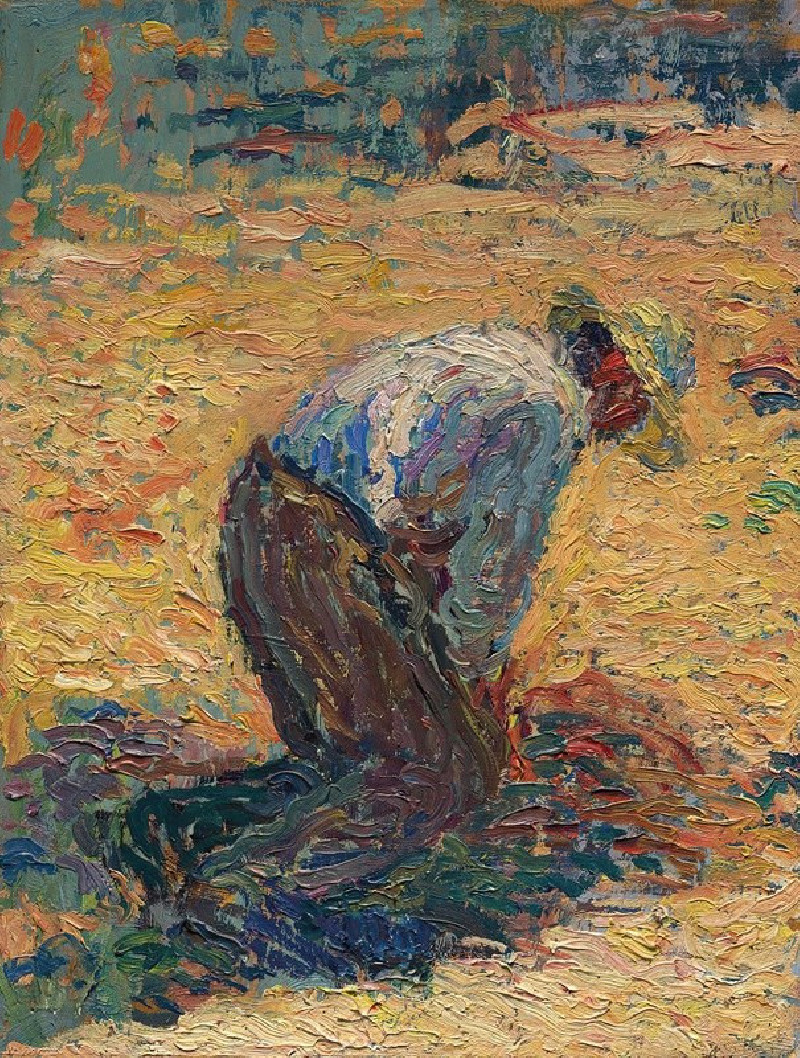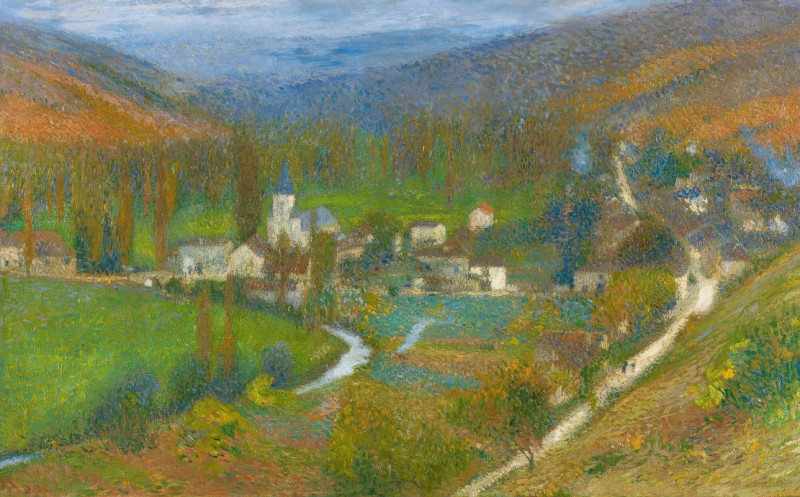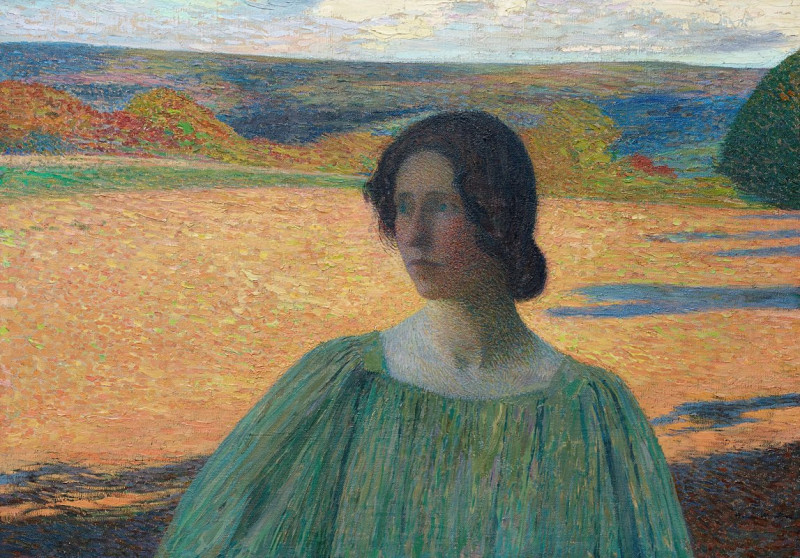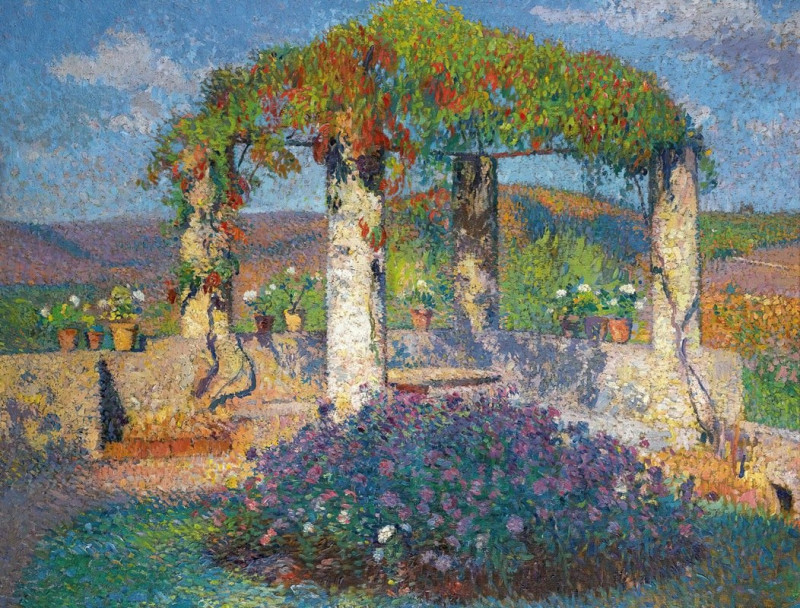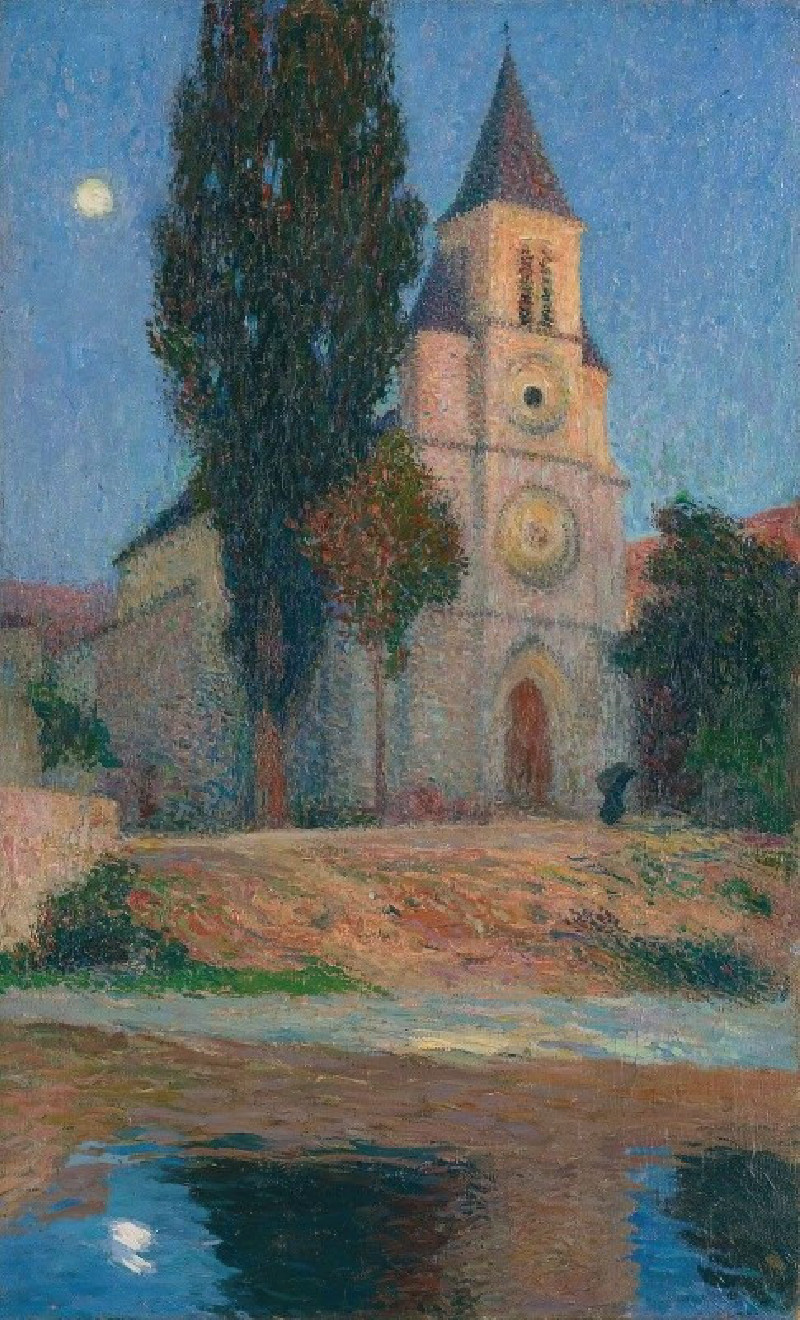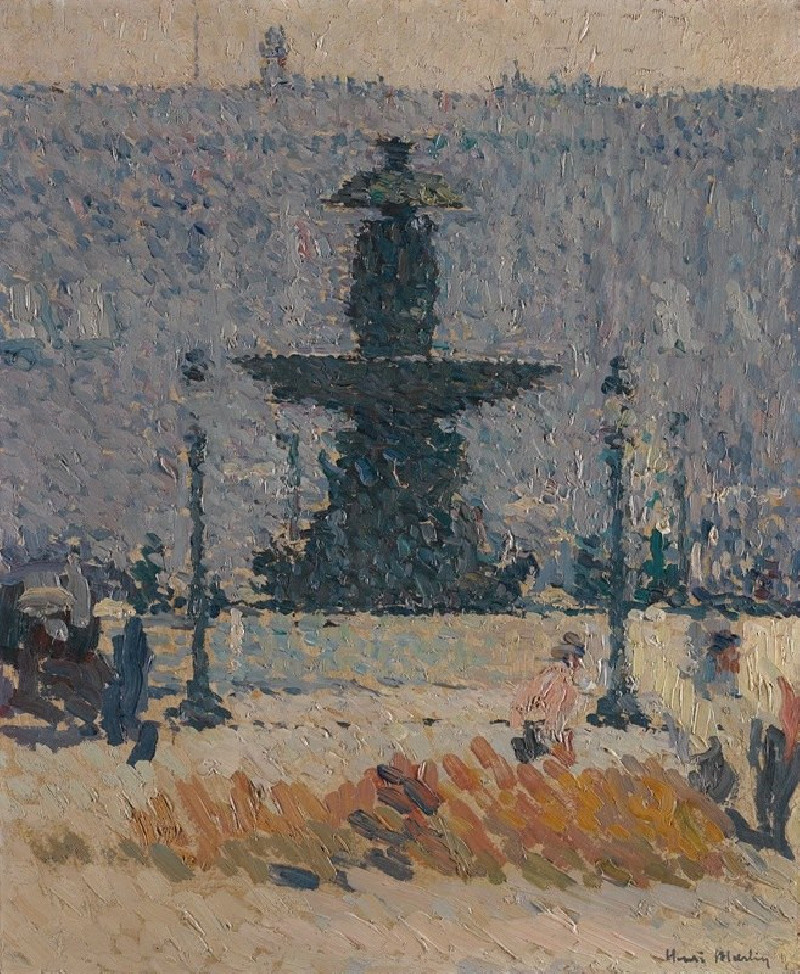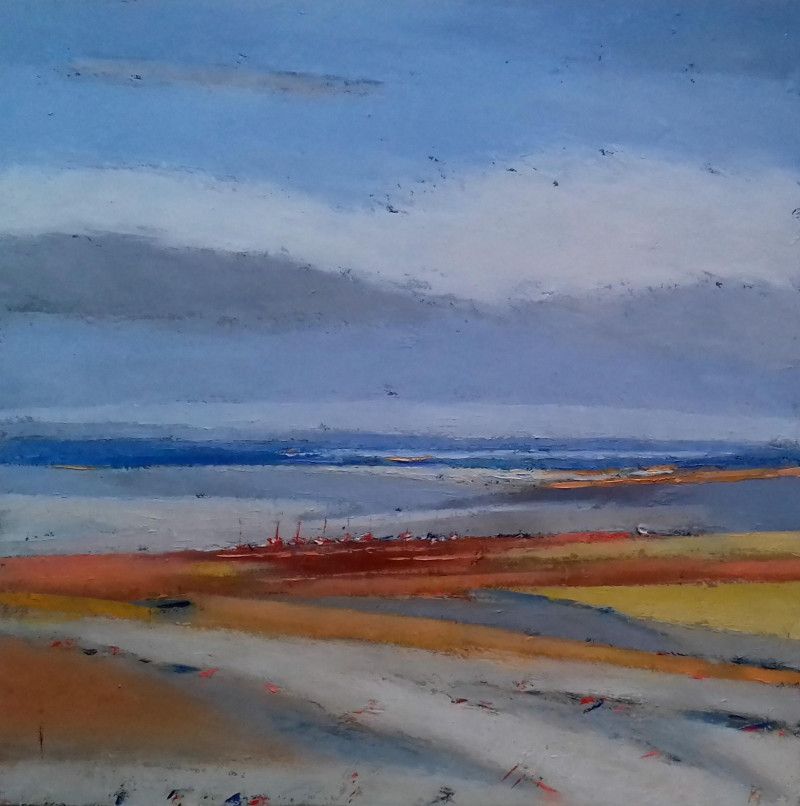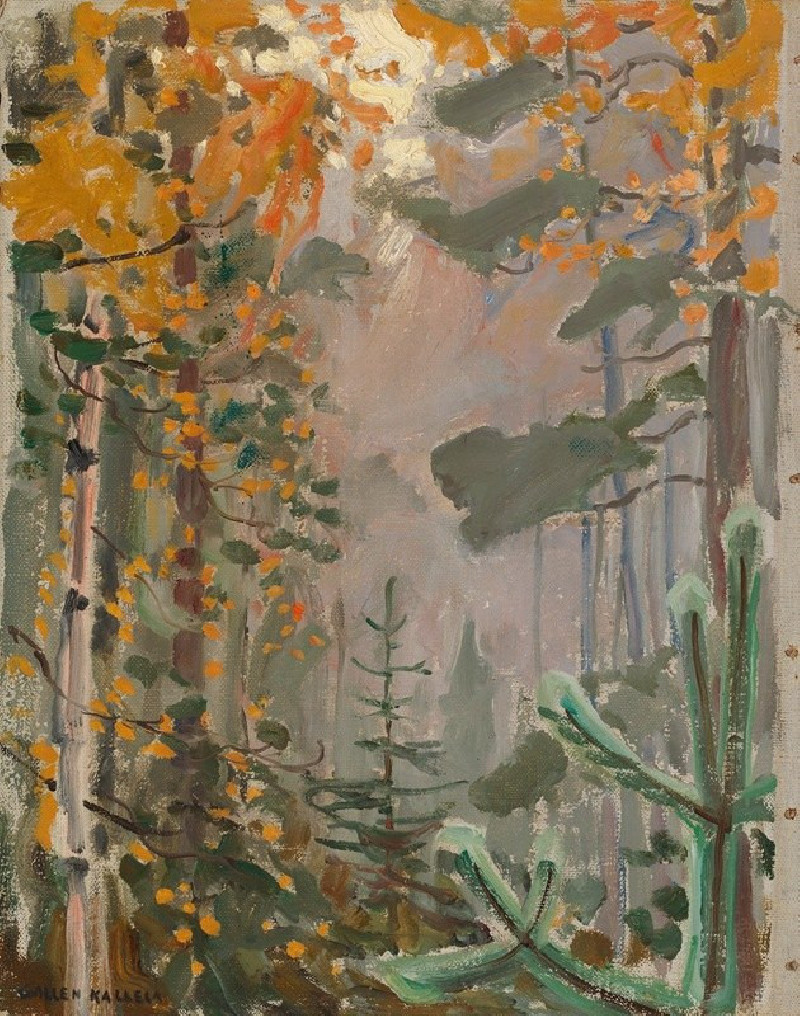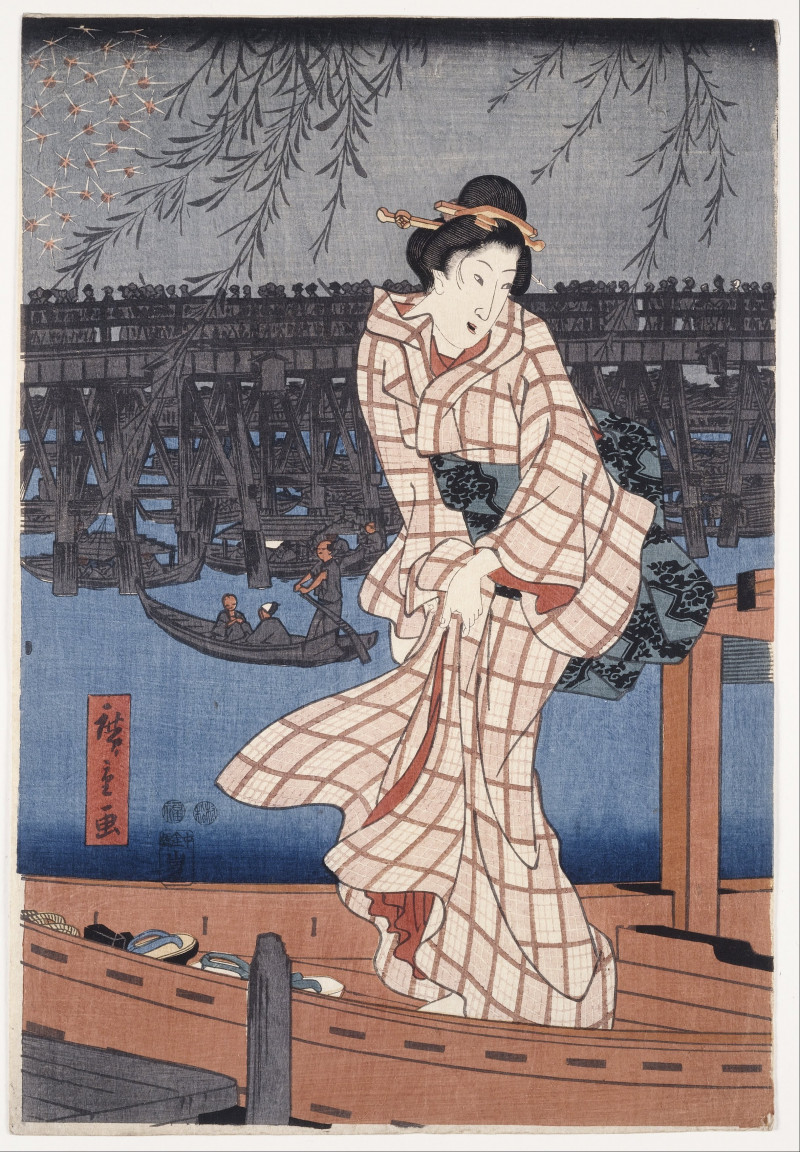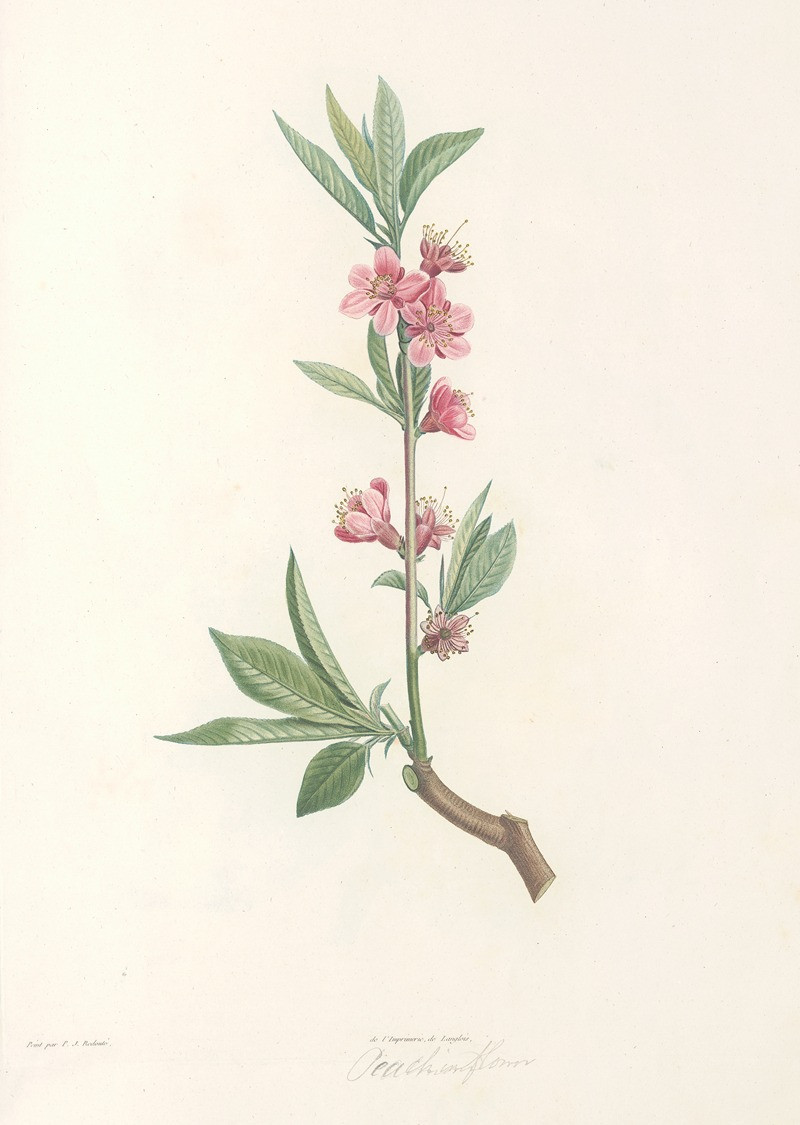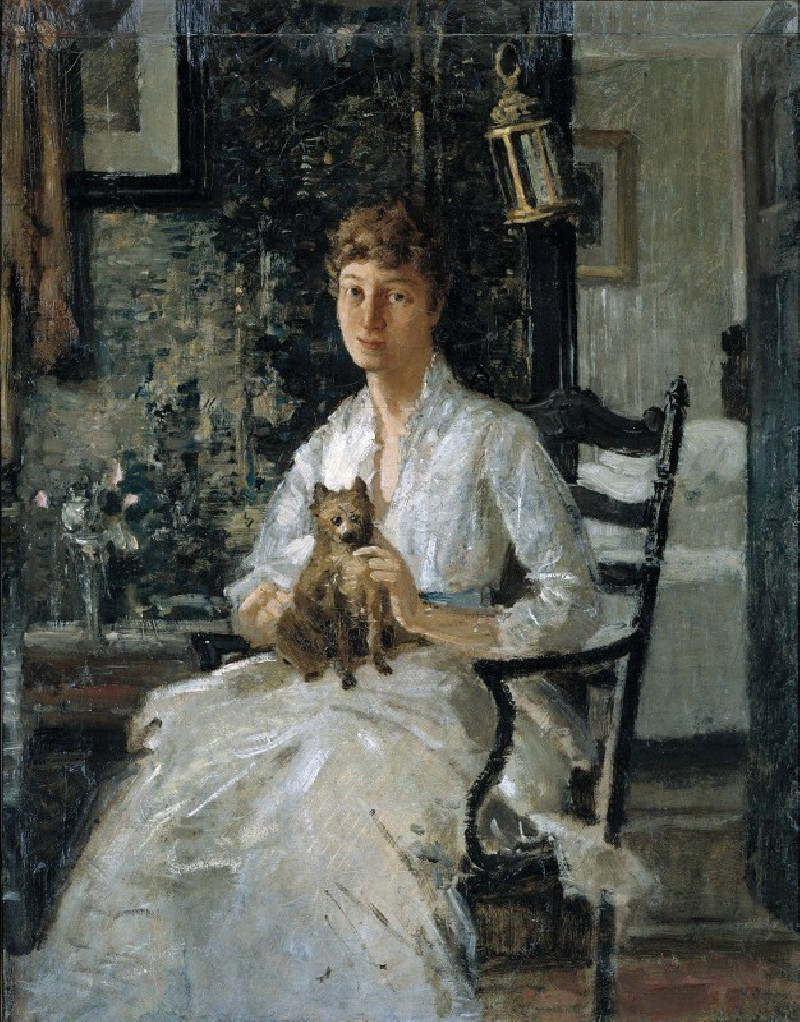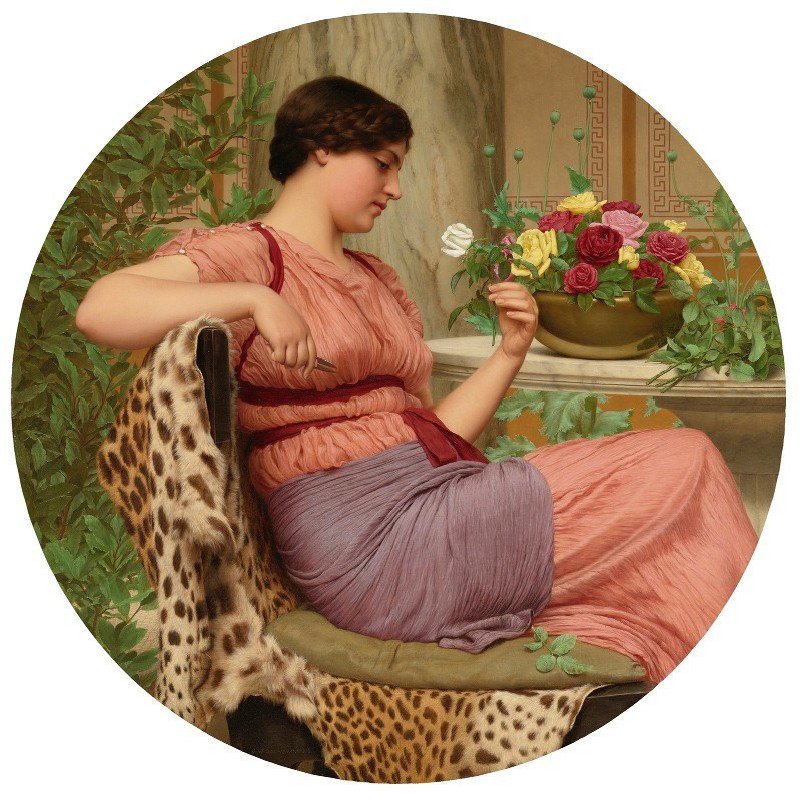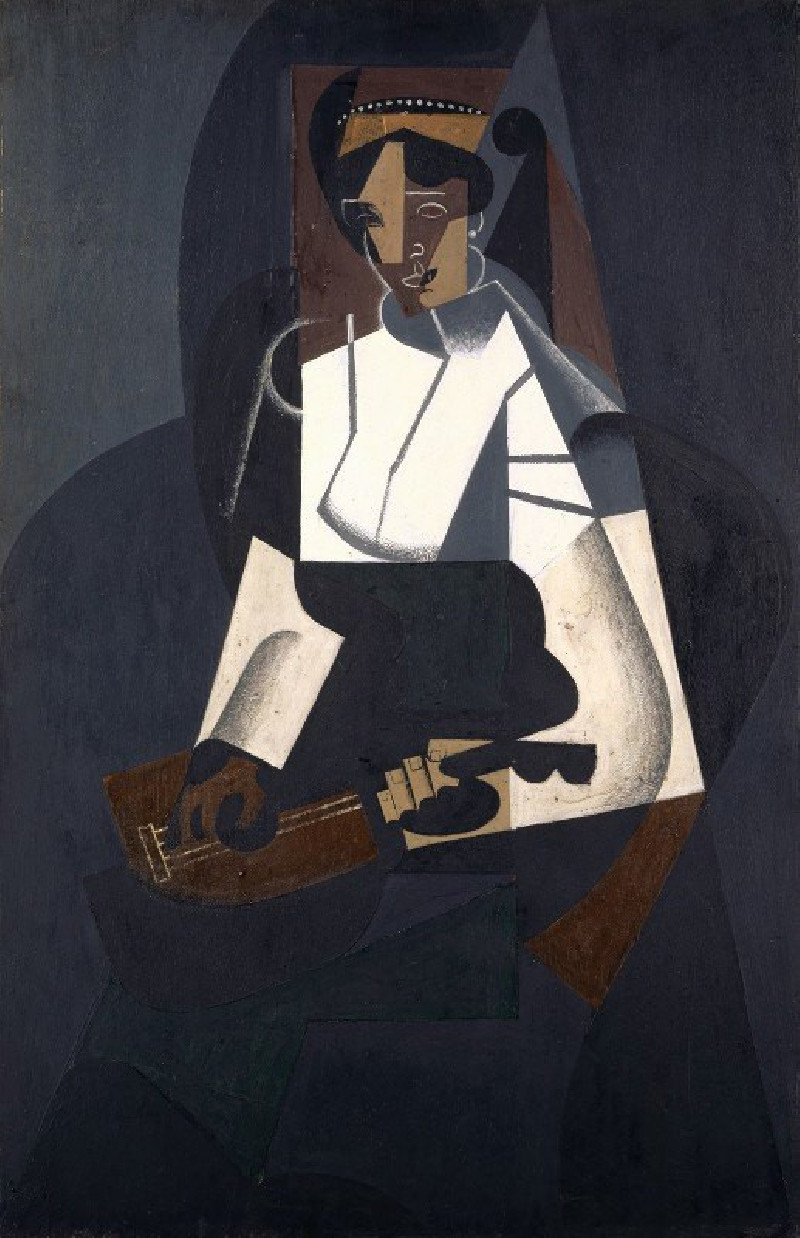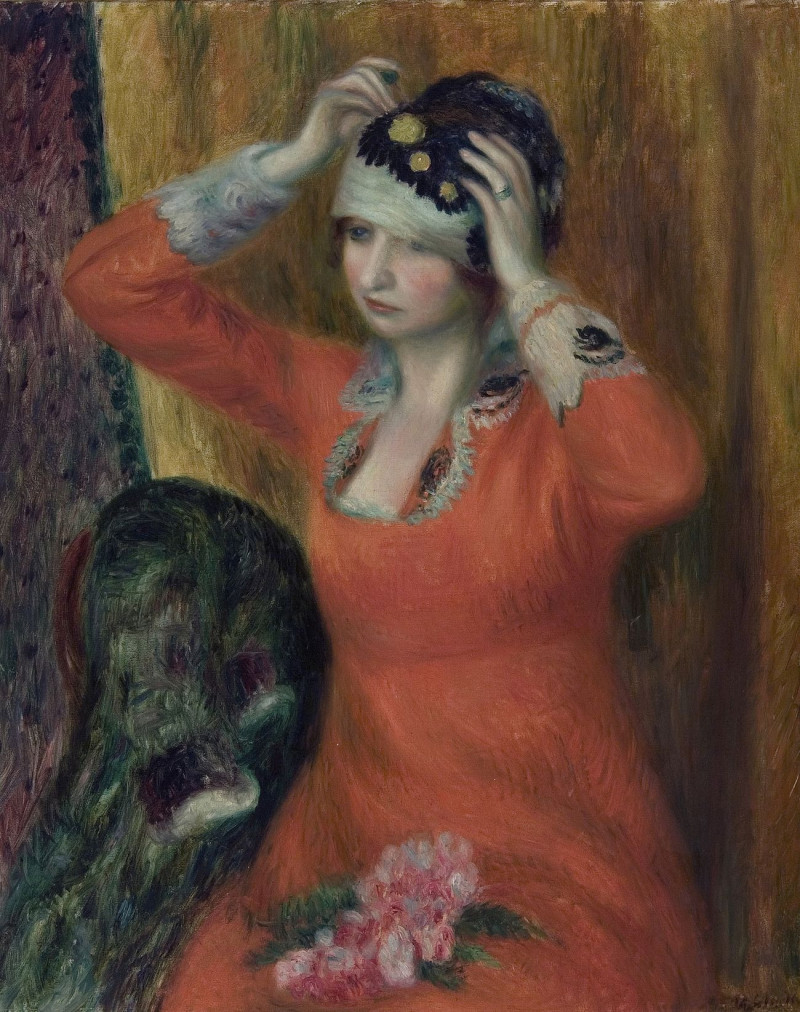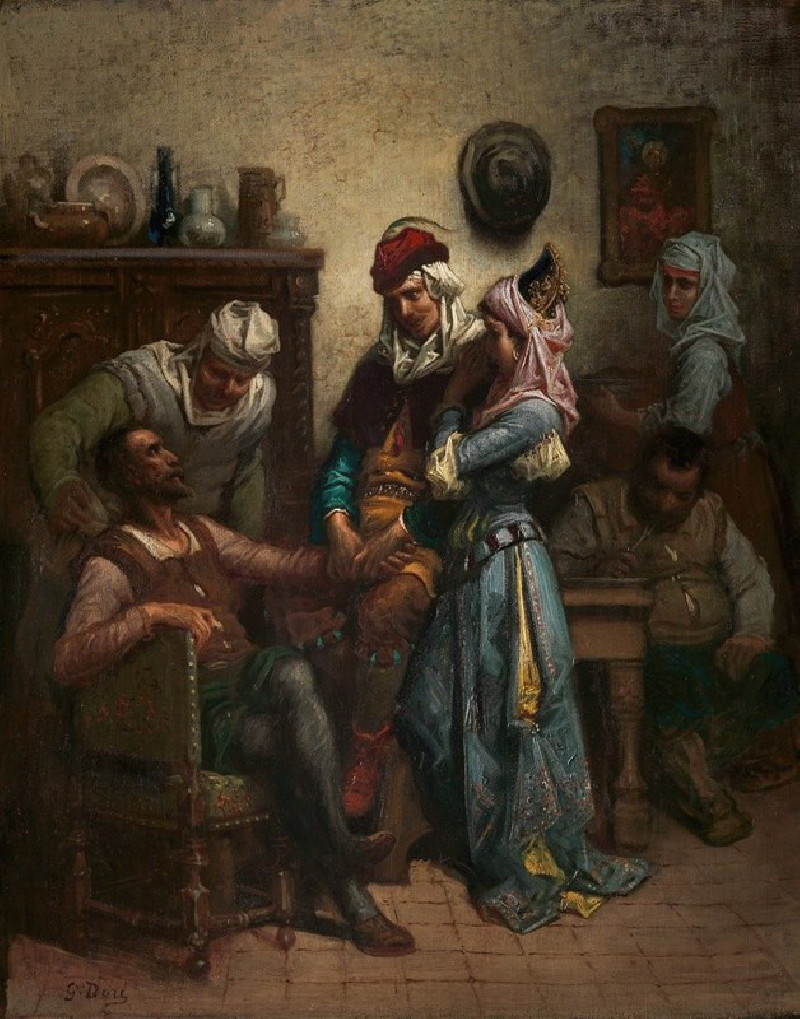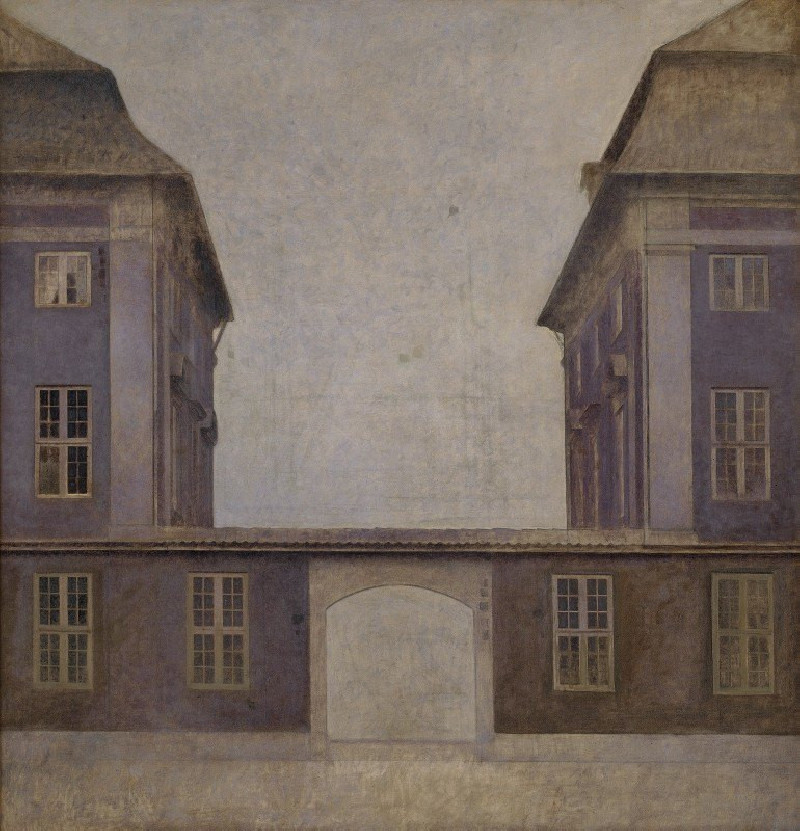Petit bassin près de la tonnelle sud de Marquayrol (Jardin de l’Artiste) (circa 1920)
Technique: Giclée quality print
Recommended by our customers
More about this artwork
The French post-impressionist painter Henri Martin invites you to a serene and lush garden in his mesmerizing painting, "Petit bassin près de la tonnelle sud de Marquayrol (Jardin de l’Artiste)," created around 1920. This exquisite masterpiece captures a peaceful scene set in the artist's own garden at Marquayrol, where nature's abundant beauty is at full display.At the heart of this tranquil depiction lies a small, reflective pond bordered by gently curving edges, appearing as a mirror to the sky and surrounding flora. The pond's surface is dappled with light and shadow, hinting at the subtle dance of leaves above and the quiet life beneath the waters.Drawing the viewer's eye beyond the pond is an elegantly draped green archway, covered in a lush curtain of ivy and leaves, symbolizing nature's graceful embrace. This archway serves as a gateway, inviting onlookers to imagine what lies beyond in the unseen parts of the garden.The artist's use of pointillist technique enhances the vibrancy of the scene, with myriad dots of color blending to create a lively yet soothing atmosphere. The palette is a rich tapestry of greens, yellows, and earthy tones, reflecting the varying shades of life and the changing seasons.Henri Martin's work evokes a sense of meditative calm and captures the timeless beauty of a secluded garden space.
Delivery
Returns
Henri-Jean Guillaume "Henri" Martin (5 August 1860 – 12 November 1943) was a French painter. Elected to the Académie des Beaux-Arts in 1917, he is known for his early 1920s work on the walls of the Salle de l'Assemblée générale, where the members of the Conseil d'État meet in the Palais-Royal in Paris. Other notable institutions that have featured his Post-Impressionist paintings in their halls through public procurement include the Élysée Palace, Sorbonne, Hôtel de Ville de Paris, Palais de Justice de Paris, as well as Capitole de Toulouse, although the Musée des Beaux-Arts de Bordeaux and Musée des Augustins also have sizeable public collections.


